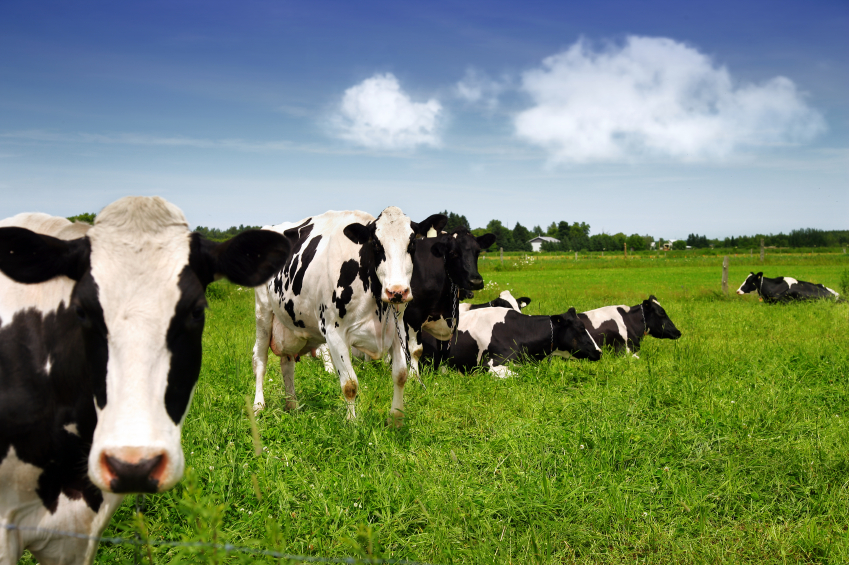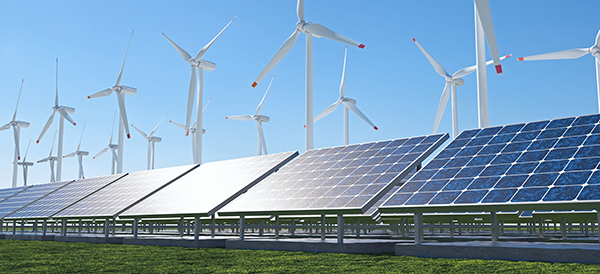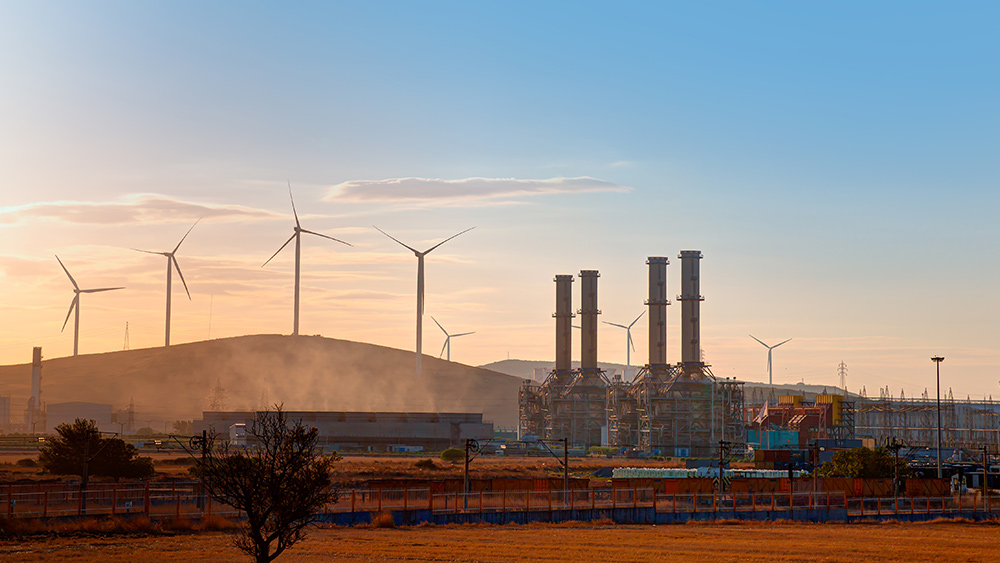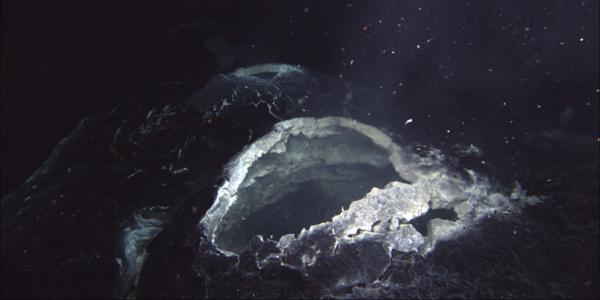The loss of pollinators: The hidden ecological cost of WIND TURBINES
02/13/2025 / By Lance D Johnson
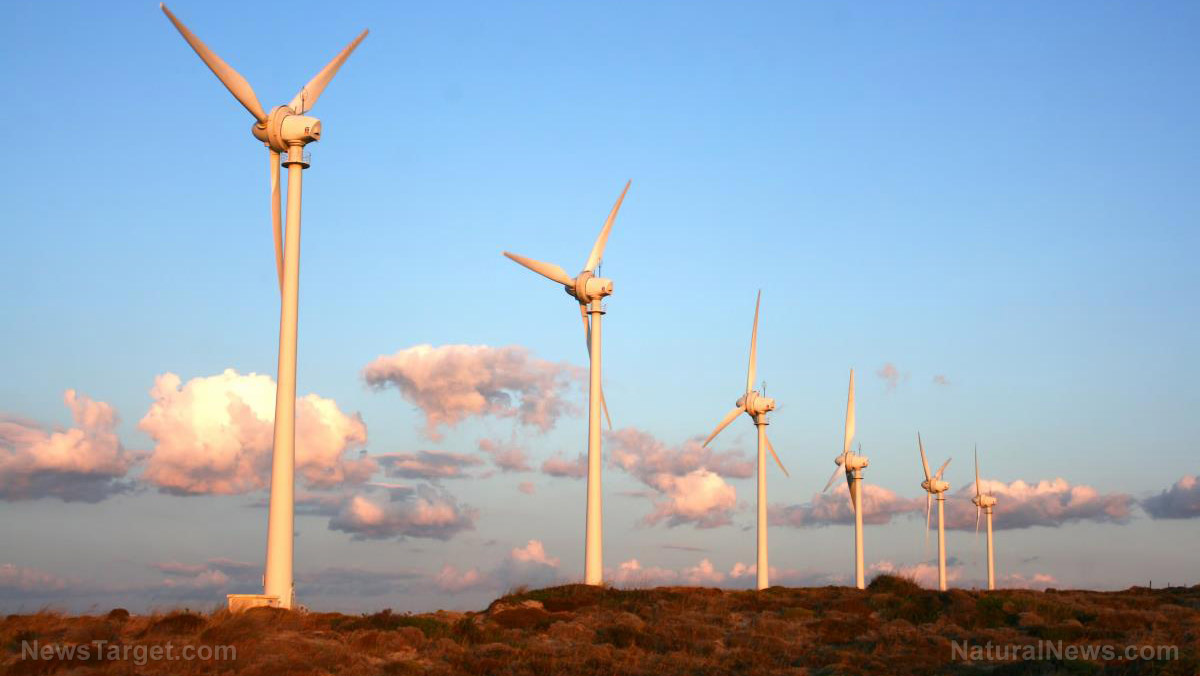
As the world races toward renewable energy targets, mounting evidence reveals that wind turbines are causing significant ecological harm, particularly to insect bat, and bird populations. Scientists and conservationists warn of cascading effects on ecosystems, but the issue remains largely overlooked in the push for Net Zero goals.
Key Points:
- Wind turbines are estimated to kill 13.64 quadrillion insects annually worldwide, with significant losses reported in Germany and the UK.
- Insects, including bees, butterflies, and beetles, are vital pollinators and decomposers, forming the foundation of the food chain.
- Turbines also disrupt bird and bat populations, creating a ripple effect on ecosystems.
- Despite growing evidence, major conservation organizations and governments remain silent on the issue, prioritizing renewable energy targets over ecological concerns.
- Insect and bird remains on turbine blades can reduce energy efficiency, creating operational challenges for wind farms.
The scale of the problem
Wind turbines, often hailed as a clean energy solution, are increasingly under scrutiny for their unintended ecological consequences. Research from Germany in 2016 estimated that each turbine kills approximately 40 million insects during the plant-growing season. Extrapolating these figures globally, the Heartland Institute calculated an annual loss of 13.64 quadrillion insects, a staggering number that highlights the scale of the issue.
Insects are not the only victims. Birds and bats are also drawn to turbines, either by the spinning blades or the insects attracted to the structures. Professor Christian Voigt, an evolutionary ecologist, has highlighted the cascading effects of these deaths, noting that the loss of pollinators and decomposers can disrupt entire ecosystems. “These fatalities could contribute to the decline of insect populations and potentially the extinction of species,” Voigt warned in a 2022 paper.
The ecological damage caused by wind turbines also has economic implications. Insect and bird remains on turbine blades can disrupt airflow, reducing energy efficiency by up to 50% during high wind periods. Cleaning these blades has become a lucrative business, with companies like Balmore Wind Services offering specialized cleaning services to maintain turbine performance.
“Wind turbines undoubtedly cause massive avian and insect deaths on a yearly basis,” states the Heartland Institute. “The operational challenges they create are a reminder that even ‘green’ energy solutions come with their own set of problems.”
The ripple effect on ecosystems
The ecological impact of wind turbines extends far beyond the immediate death toll. Insects play a critical role in pollination, decomposition, and as a food source for other animals. Their decline can have profound effects on agriculture, soil health, and biodiversity.
Recent studies from the University of Wyoming suggest that moths, butterflies, beetles, and true bugs are particularly vulnerable to turbine blades. The vortices created by the spinning blades suck in wildlife, creating what some researchers describe as “circular killing fields.” This not only affects insects but also attracts larger predators, such as raptors, which are then at risk of collision.
The problem is compounded by the fact that turbines alter local micro climates and produce vibrational noise, which can reduce earthworm populations and degrade soil quality. These changes can have long-term effects on vegetation and the animals that depend on it.
Why the silence on this issue?
Despite the growing body of evidence, major conservation organizations have been notably silent on the issue. The UK Natural History Museum (NHM), for example, has promoted wind energy through initiatives like its “Build Your Own Wind Turbine” kit, while failing to address the ecological damage caused by these structures.
In 2022, the NHM claimed that flying insect populations in the UK had declined by 60% over 20 years, attributing the loss to climate change and habitat fragmentation. However, critics argue that the data was anecdotal and flawed, relying on “citizen scientists” counting insects on car number plates. They point out that vehicle designs have become more aerodynamic over the years, reducing insect collisions and skewing the results.
The reluctance to address the ecological impact of wind turbines may stem from the political and financial pressures of achieving Net Zero targets. As Professor Voigt noted, “The conservation of wildlife is often an afterthought in the push for renewable energy.
Perhaps, as the Heartland Institute suggests, the proper place for a windmill is in a museum — remembered as a relic of past mistakes, before the true cost of renewable energy was fully understood.
Sources include:
Submit a correction >>
Tagged Under:
bird populations, Climate, Dangerous, earthworm populations, ecological damage, Ecology, environment, financial pressures, food chains, green living, Green New Deal, green tyranny, insect populations, Net Zero targets, pollinators, power, power grid, power reductions, renewable energy, soil health, truth, windmills
This article may contain statements that reflect the opinion of the author

